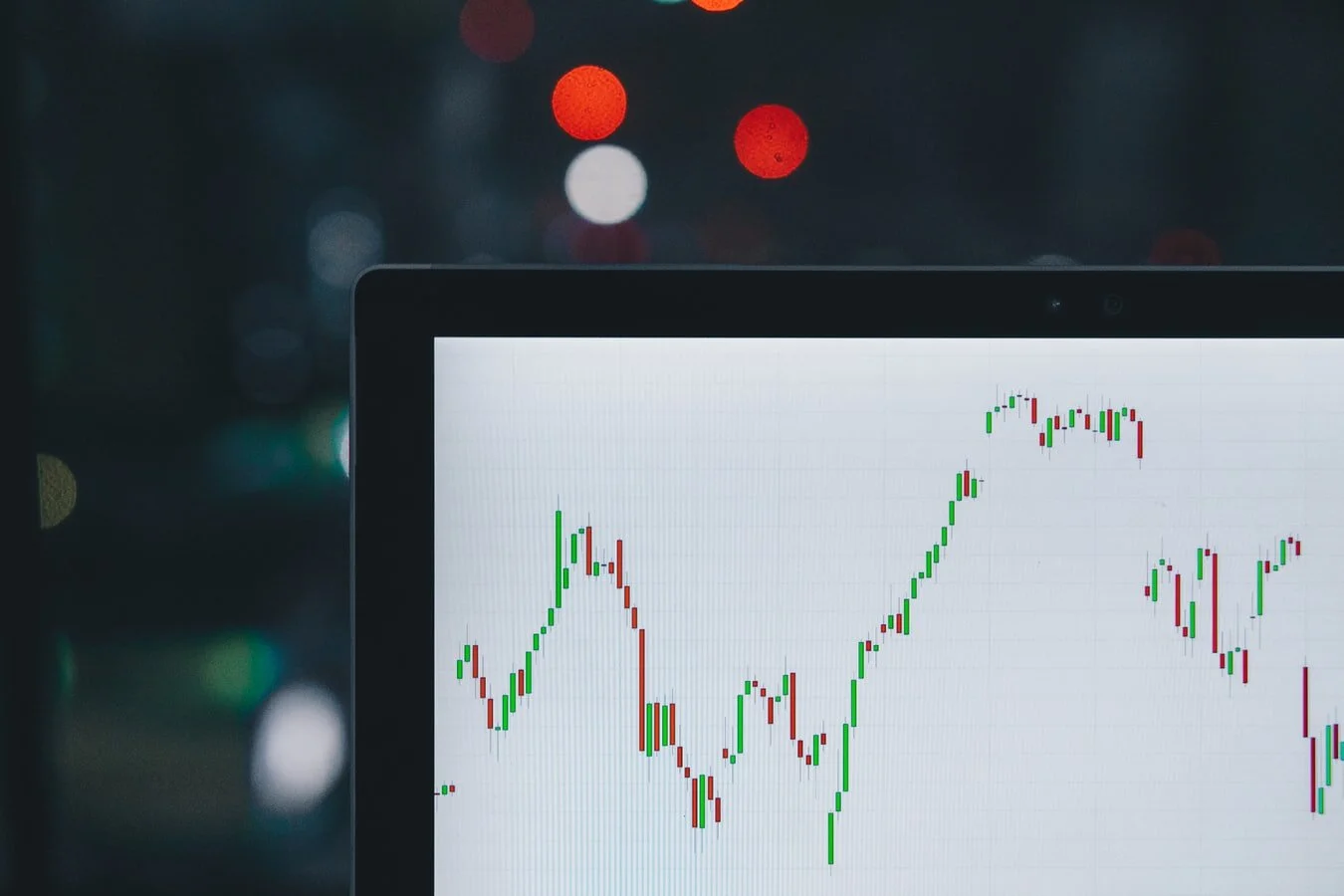A lot of the most exciting tech changes in recent years have come in the form of new apps and online programs that simplify all sorts of tasks for us. From apps that store our reminders and notes, to complex programs that automate financial management for entire startups, there’s virtually no end to the creative solutions that have emerged to suit all manner of needs.
Some of the most helpful software tools of this nature, though, ultimately have to do with investment. The past decade has seen numerous apps and programs emerge that have essentially made personal investment more accessible to the masses. In this post, we want to look at five tools in particular that have simplified the process in meaningful ways.
1. Motley Fool’s Stock Advisor
If you’ve ever spent any time looking into investment tools, you may have come across the term “Bloomberg Terminal.” This is a subscription service for serious traders that The Balance describes as an “all-in-one solution for research and analysis.” It’s something that full-time investors use to research companies and assess markets, and its value is unquestioned. However, it also costs more than $20,000 a year! Motley Fool’s Stock Advisor tool, by contrast, costs a little less than $2 a week, and offers assistance that is more accessible to average investors anyway. It’s not a direct counterpart by any means, but the Stock Advisor does provide actionable trading tips and helpful investing resources. It’s become a go-to program for a lot of relative beginners serious about setting up their portfolios.
2. eToro
You may have seen our video on eToro several years ago here, and it remains a great representative of the kinds of tech tools and programs that have simplified investing for so many. To recap briefly, this is a social trading platform that makes it easy to invest in markets within a sort of community of like-minded investors. It both simplifies the actual practice of trading and makes the process a little more inviting.
3. FXCM’s Trade Volatility Charts
For those who lack experience in the markets, it’s very easy to become dependent on a single type of stock chart or visual representation. You might spend hours each week staring at the peaks and valleys associated with a given stock of interest. But experienced traders, as much as they can discern informative patterns in individual charts, learn to assess markets more broadly. And this is where the volatility charts on FXCM that have been made readily available for free come in handy. These charts display the biggest movers (positively and negatively) in entire categories of the market, and in doing so make it easier for traders to monitor assets with more perspective. Seeing not just how an asset is moving, but how its movement compares to broader market volatility, makes for clearer decision-making and better understanding.
4. Robinhood’s Crypto Charts
Robinhood in general is a noteworthy service in this conversation. It is arguably the most prominent of a number of apps and programs that have simplified stock investment (and made it more affordable). Basically, it’s an accessible digital brokerage. Here, though, we’re specifically highlighting the app’s cryptocurrency charts, which are more effective than any crypto exchange at making these digital assets work just like ordinary commodities or stocks. Even well-designed crypto exchanges can be a little bit confusing — either because they’re cluttered with too many assets, or because they involve a bit of crypto wallet management. In Robinhood though, the crypto charts may as well be stock charts, and the trades are executed just as easily as with other assets.
5. Acorns
Acorns is sometimes misunderstood as something of a Robinhood alternative — a mobile investment tool that functions like an affordable brokerage. In reality though, it’s more of a savings tool that functions through investment. As part of a comparison between this app and Stash, Yahoo declared that Acorns is “geared toward young and new investors,” and that’s a fair way to put it. But what it does can be useful for anyone intrigued by the markets but unsure of how to trade effectively. Basically, this app links to a payment method you use regularly, and rounds up your purchases to the next dollar. It then injects those fractions of dollars into a fund, which it trades automatically according to some general preferences you’ll have plugged in. The result, for most users, winds up being a few hundred dollars of effortless, market-driven savings each year.
It's not an exhaustive list, but these apps and programs show modern tech and innovation have made the whole practice of trading more accessible and intuitive.
Post written by Robert C. Gilley.












